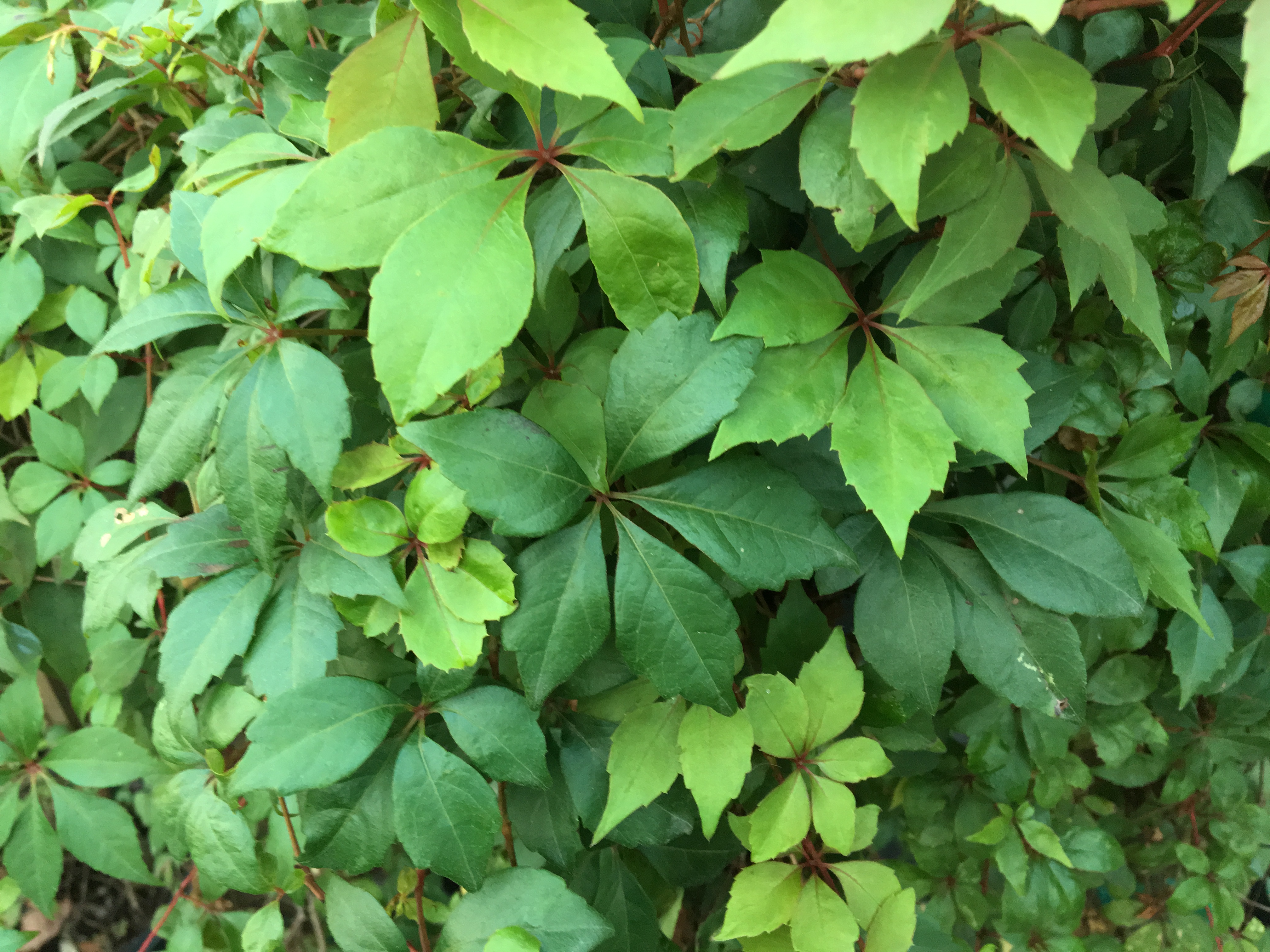
We are open 7 days a week from 8:00 AM until 5:30 PM from March through November.įor your riding pleasure, our bike rental fleet consists of a variety of premium brand bikes including mountain bikes, leisure path cruisers, comfort bikes, and tandems. We are the premier bike rental and bike shuttle service for the Virginia Creeper Trail. 1990 46(1):34-36.The Bike Station is located in beautiful, southwest Virginia, in the town of Damascus. Diagnosis and management of contact dermatitis. US Department of Agriculture Natural Resources Conservation Service. Part I: prevention-soap and water, topical barriers, hyposensitization. Toxicodendron dermatitis: poison ivy, oak, and sumac. Plant dermatitis, active component, 2001-2010.
#Virginia creepr Patch#
For confirmation that contact dermatitis is a result of Virginia creeper exposure, a patient should be patch tested. 6 Patients should be properly educated on identification and avoidance of Virginia creeper to prevent future reexposure. 5 Typically, the rash resolves within 1 to 3 weeks, and the patients do not require further monitoring. This treatment is often combined with antihistamines if the patient continues to experience pruritus, although antihistamines are generally not effective for the pruritus associated with allergic contact dermatitis. Treatment of phytodermatitis from Virginia creeper, like that of poison ivy, primarily involves oral and topical corticosteroids. Severe reactions due to oxalate crystals have been described after contact with dieffenbachia (dumb cane), causing pain and swelling after the plant comes in contact with the lips or oral mucosa. Oxalate crystals are found in Parthenocissus plants however, these crystals are mostly known for causing an irritant reaction after ingestion. While urushiol is known to be the allergen in Toxicodendron species, the primary allergen in Virginia creeper is unknown. 4 Because this plant often grows in similar areas and environments as Toxicodendron species, it is important to differentiate the plants by the number of leaves present. 4 The plant is found throughout the Southern, Midwestern and Eastern United States.

In the fall, the leaves turn bright red to maroon. Virginia creeper is a climbing vine, the leaflets of which are red when they first emerge but turn green as they mature. Our patient’s history of recent exposure to a plant having 5 leaves, as opposed to the 3 leaves of poison ivy or poison oak ( Figure 3), is the only way to differentiate the origin of the rash. Virginia creeper exposure in a susceptible individual presents with symptoms that are clinically indistinguishable from those associated with exposure to poison ivy or poison oak. 2 The lesions associated with exposure to these plant species are classically characterized by a localized, pruritic, erythematous rash with vesicles and papules oriented in a linear distribution. 1 In the United States, the most common plants causing phytodermatitis are in the genus Toxicodendron (formerly Rhus), which includes poison ivy and poison oak.
#Virginia creepr skin#
Phytodermatitis is an allergic inflammatory skin reaction in response to the sap of particular plants.

Allergic contact dermatitis is a type IV (delayed) hypersensitivity reaction, with lesions resulting upon reexposure to a particular stimulus to which an individual has been sensitized. The patient was instructed to apply topical triamcinolone cream, 0.1%, as needed to the pruritic areas and was prescribed an oral prednisone taper, 0.5 mg/kg, for 14 days.ĭiscussion. The rash had begun approximately 2 hours later.īased on the history and clinical examination findings, a diagnosis of contact phytodermatitis, likely from Virginia creeper ( Parthenocissus quinquefolia), was suspected and was later confirmed after the patient sent pictures of the plant that she had removed ( Figure 2). Further history revealed that the patient had been gardening 4 days prior and had removed a plant with 5 leaves attached to a vine.

Physical examination revealed multiple scattered vesicles, bullae, and erythematous plaques grouped in a linear arrangement, with some lesions having overlying crust ( Figure 1). As the rash progressed, a plethora of associated symptoms developed, including burning, swelling, oozing, and crusting, with gradual worsening of each. The rash had started on her chest and arms and spread to involve her face, neck, abdomen, and legs. A 60-year-old woman presented with a severely pruritic rash that had begun 4 days prior.


 0 kommentar(er)
0 kommentar(er)
